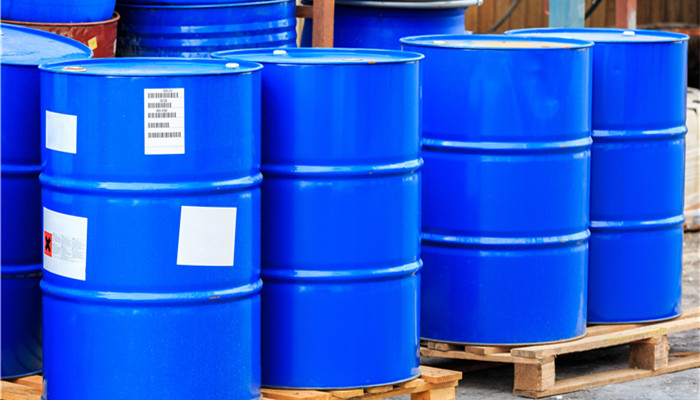
Tetrasodium iminodisuccinate (IDHA) has broad market development space, and agriculture is its main application field.
Tetrasodium iminodisuccinate, also known as tetrasodium iminodisuccinate, abbreviated as IDS or IDHA, is a compound with the molecular formula C8H7NO8Na4. It appears as a white solid powder and can be dissolved in water. Tetrasodium iminodisuccinate is a new, highly efficient, green amino acid chelating agent. It has the advantages of being completely biodegradable, easily absorbed by plants, strong chelating power, and good biocompatibility. It can be widely used in petroleum and chemical industries. , textile, agriculture, papermaking, medicine, environmental protection, industrial cleaning and other fields, the market demand is huge.
The main production method of tetrasodium iminodisuccinate is to use maleic anhydride (maleic anhydride), sodium hydroxide and ammonia as raw materials and prepare it through chemical reaction under aqueous solution conditions. In 2022, domestic maleic anhydride production capacity will be close to 2 million tons, and sodium hydroxide production capacity will be approximately 37 million tons. The sufficient supply of upstream raw materials has laid a good foundation for the development of the domestic tetrasodium iminodisuccinate industry.
According to the“2023-2028 Tetrasodium Iminodisuccinate (IDHA) Industry Market In-depth Research and Investment Prospects Forecast Analysis Report” released by the Industrial Research Center It shows that as a new type of green and environmentally friendly chelating agent, tetrasodium iminodisuccinate has excellent performance. It was first jointly developed by Adom and Bayer. In 2001, IDHA chelating technology won the U.S. President’s Green Chemistry Challenge Award. , since then, IDHA chelate products have entered the market promotion period, and the industry has shown a good development trend.
Agriculture is the main application field of tetrasodium iminodisuccinate. In this field, it is mainly used as a chelated fertilizer to improve the mechanism of crops, increase the resistance and resistance of crops to lodging, promote the transportation of mineral elements, and supplement crop nutrition. It is known as It is called fertilizer synergist chelator. At present, tetrasodium iminodisuccinate has become an ideal substitute for traditional chelated fertilizers such as EDTA (ethylenediaminetetraacetic acid) and DTPA (diethyltriaminepentaacetic acid) due to its higher chelating ability. Market development Broad prospects.
The global EDTA and DTPA market size will reach US$580 million in 2022, a year-on-year increase of 6.5%. Currently, as global environmental protection supervision becomes more stringent, EDTA and DTPA, which have traditional poor degradation capabilities and cause greater environmental pollution, are gradually being restricted in use. Under this trend, the IDHA market penetration rate is expected to continue to increase in the future, and the industry has huge development potential.
Industry analysts said that in addition, papermaking is also a major application field for tetrasodium iminodisuccinate. In this field, it can be used as a bleaching agent in pulp bleaching scenarios, with higher whiteness and stability than traditional oxidants. Tetrasodium iminodisuccinate has a wide range of applications and a broad market development space. However, due to the late start of the industry, there are currently only a small number of domestic companies in this field. Only Shandong Yuanlian Chemical and Jining Wunei New Material Technology , Hebei Synergy Environmental Protection Technology, Shijiazhuang Chunjie Chemical Technology and a few other companies, the industry is still in the early stages of development, and the industry has broad room for development in the future.

 微信扫一扫打赏
微信扫一扫打赏

